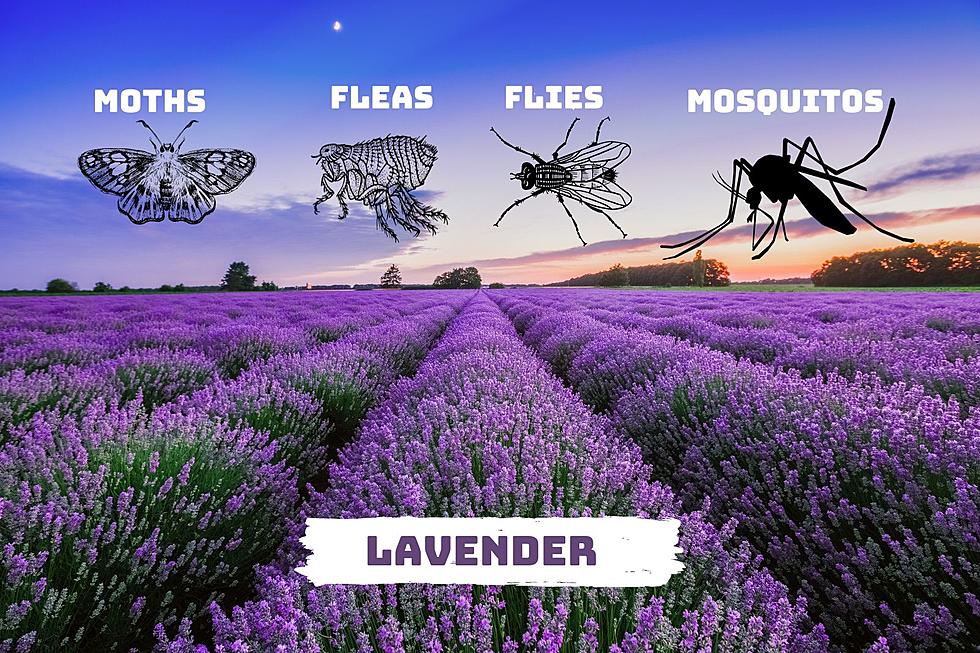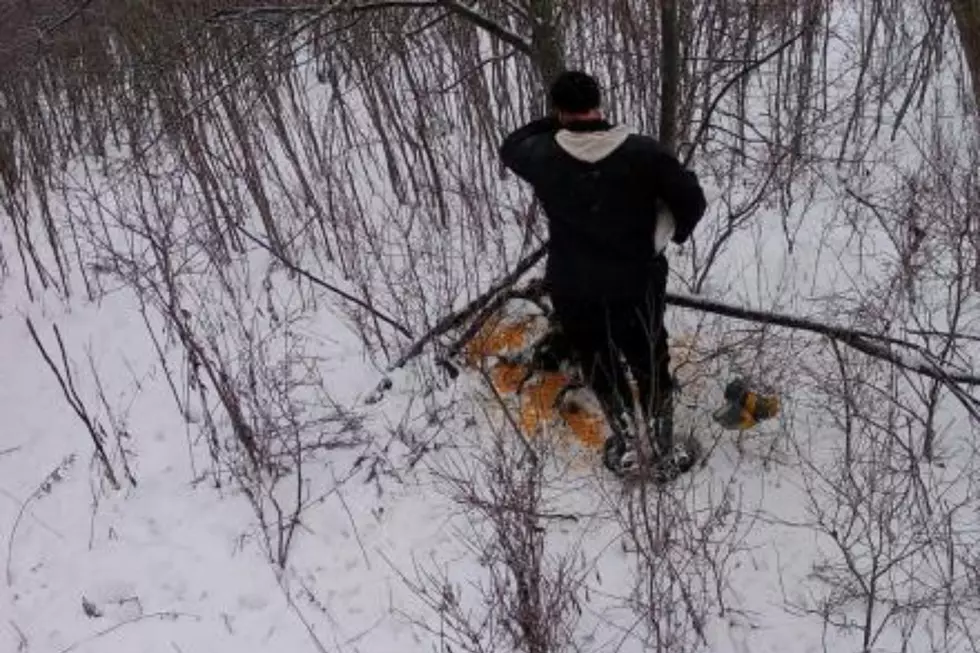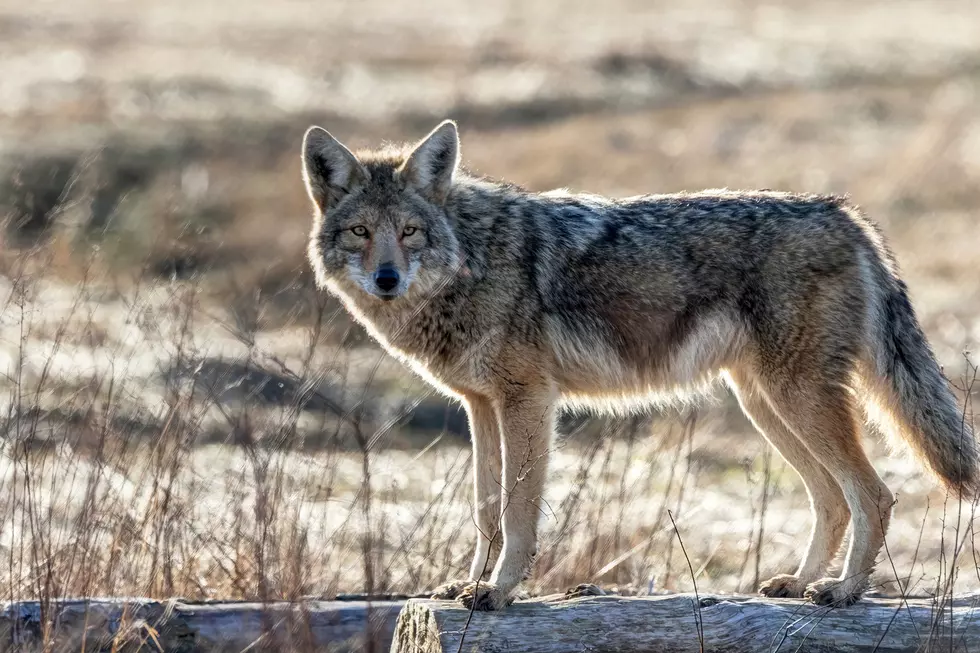
Keeping House Plants Healthy – Ag Matters
The only thing growing this time of the year is indoor plants. Maintaining the health of indoor would seem easy, but there are some things you need to do, especially if your plants are dropping leaves. The Master Gardeners at Cornell Cooperative Extension offer some tips on keeping them green and growing.
Houseplants will drop leaves for many reasons; most are related to improper care or poor growing conditions. Here are the 4 main things to keep an eye on.
Water. Too much or too little water can cause leaf drop. People often water a plant when they see leaves fall or droop, which sometimes leads to overwatering and even more leaves dropping. Be sure to feel the soil and lift the pot. If the soil is dry to the touch or the pot feels very light, then water. Understand the individual plant's water needs; ask your local florist or garden center for advice. Use lukewarm, not icy cold water.
Humidity Levels. Some plants need humidity to thrive; gardenias, for example, are very sensitive. Low humidity levels for these plants will cause leaves to drop.
Nutrient Levels. Lack of nutrients can cause leaf drop. Normally, you will see the leaves begin to change color or yellow first. You then have a chance to correct the problem by adding a houseplant fertilizer according to label instructions.
Pot Size. If the pot is too small, leaves may drop because there isn't enough room for good root development. The plant can't form new leaves. Older leaves are usually the first to fall.
Often there is more than one issue involved. Also, keep in mind that many plants will naturally drop leaves and it is not necessarily a bad sign. Often, just giving plants the right light and temperature, as well as monitoring for pests is all that's needed to prevent future leaf drop
CCE’s website has plenty of Home & Garden factsheets to guide you through growing any plant and flower.
SOURCE: Cornell Cooperative Extension
More From Big Frog 104









